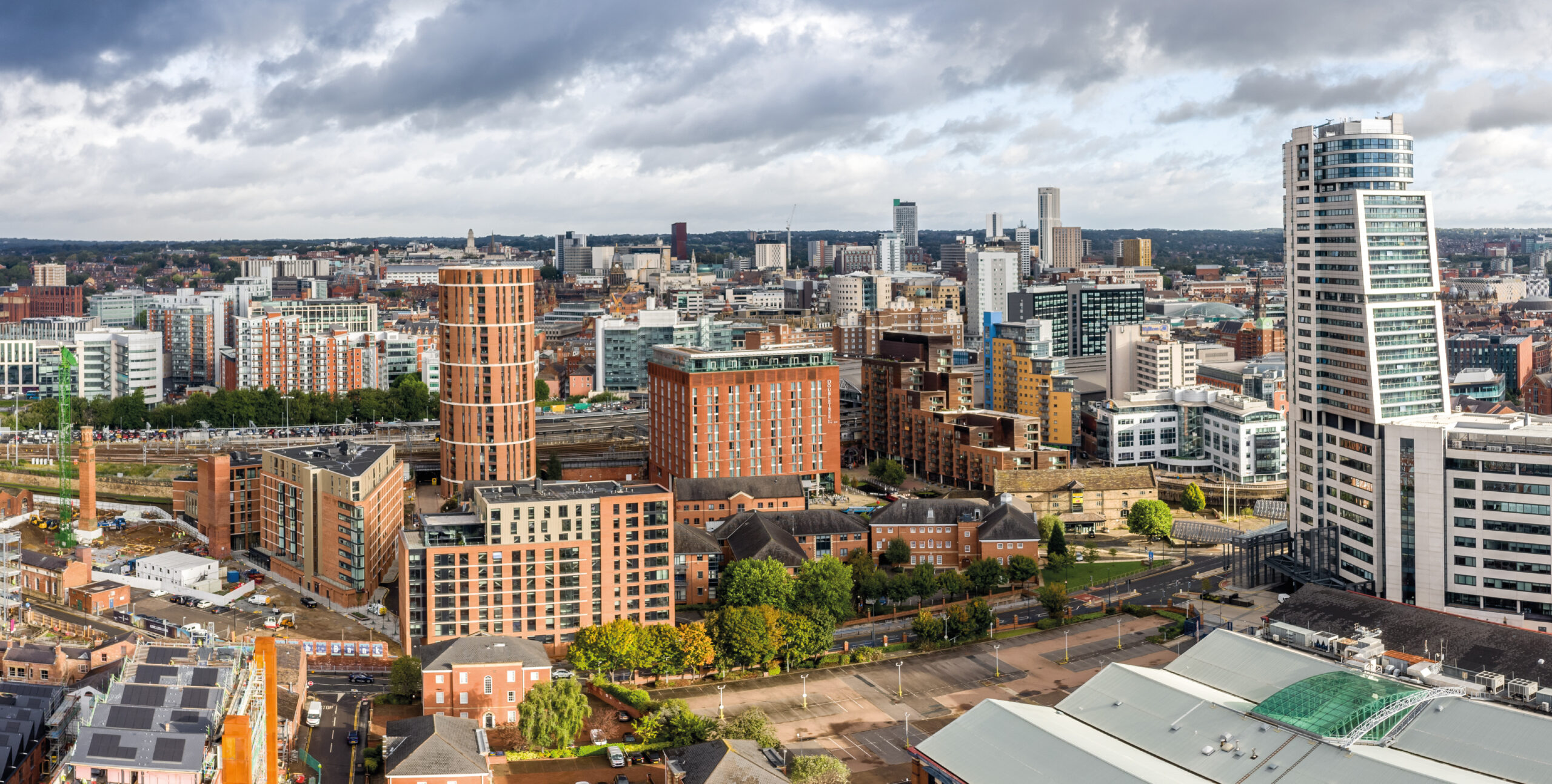Those responsible for the safety of high-rise residential buildings in England have six months from April to register with the new Building Safety Regulator.
The Building Safety Regulator was established to protect high-rise residents from unsafe building practices in England in response to the Grenfell Tower fire.
Under the Building Safety Act, high-rise residential buildings which are 18 metres tall or higher, or at least seven storeys, with two or more residential units are defined as ‘higher-risk’.
Across England there are approximately 12,500 of these buildings and the new regulator will require all of them to be registered from April 2023, with a named person responsible for maintaining their safety.
A new campaign aimed at owners and managers of high-rise residential buildings will highlight their new legal duties. It will call on those responsible for the safety management of higher-risk buildings to prepare for a new wave of regulatory change to ensure that they are ready to step up and comply.
The registration process is a crucial stage in setting up the new building safety regime. Registering buildings in scope will be a legal requirement and owners and managers who fail to comply by October 2023 will be investigated and may face prosecution.
Chief Inspector of Buildings Peter Baker said: “This is a landmark moment for building safety, the information provided through registration will be an invaluable part of our crackdown on unsafe building practices. Those who are responsible for high-rise residential buildings must register; failure to do so will be against the law.”
Building registration is a major step in a package of measures to ensure high-rise residential buildings are safe for residents and users.
It follows the introduction of Planning Gateway One in August 2021 and will be followed by more robust building control of high-rise developments, and the certification of occupied high-rise buildings by the new Regulator.
New roles and responsibilities
The building safety reforms give dutyholders clear accountability and statutory responsibilities. These apply while buildings are being designed, built, refurbished and occupied.
Accountable person
Part 4 of the Building Safety Act identifies new dutyholders – who will be known as ‘accountable persons’ (APs) – for residential high-rise buildings (HRBs). This will be the organisation or person who owns or has responsibility for the building. It may also be an organisation or person who is responsible for maintaining the common parts of a building, for example corridors or lobbies.
The AP will usually be an organisation or business but could also be an individual.
The AP will have a duty to take all reasonable steps to:
- prevent a building safety risk happening, with building safety risk defined as ‘spread of fire and/or structural failure’
- reduce the seriousness of an incident if one happens
If a building has more than one AP, the AP responsible for the structure and exterior of the building will be the principal accountable person (PAP). When buildings have a single AP, that entity or person is the PAP.
As well as their duties as an AP, PAPs must:
- register existing buildings with the Building Safety Regulator (BSR), they can do this between April 2023 and October 2023
- register all new buildings before occupation
All occupied buildings must be registered by October 2023, it is an offence if a building is occupied but not registered after this date.
PAPs must also:
- prepare a safety case reportfor the building.
This should show that:- APs have assessed all building safety risks and
- taken all reasonable steps to control them
- give the safety case report to BSR on request – BSR will examine it during the building assessment
- apply for a building assessment certificate when directed by BSR
Detailed, accurate information about the building will be critical when registering a building and when preparing the safety case report.
Existing roles with new responsibilities
During design and construction
Existing dutyholders under the Construction (Design and Management) Regulations 2015 will have new duties. These dutyholders are clients, designers, principal designers, contractors and principal contractors. Their new duties will be to:
- plan
- manage
- monitor
their activities in relation to building regulations.
The dutyholders will keep their existing duties, including:
- co-operating with other dutyholders
- communicating and sharing information
- co-ordinating and putting systems in place to plan and manage work
- ensuring competence: appointing people with the right skills, knowledge, experience and behaviours for the work they need to do
A campaign will run throughout March to help owners and managers of high-rise residential buildings prepare for their legal responsibilities. For more information, go to buildingsafety.campaign.gov.uk
Sources
New regulator takes major step forward in ‘landmark moment for building safety’ | HSE Media Centre. https://press.hse.gov.uk/2023/02/27/new-regulator-takes-major-step-forward-in-landmark-moment-for-building-safety/?utm_source=linkedin&utm_medium=social&utm_campaign=bsr&utm_content=campaign-launch
New roles and responsibilities – Building safety – HSE. (n.d.). https://www.hse.gov.uk/building-safety/roles.htm



